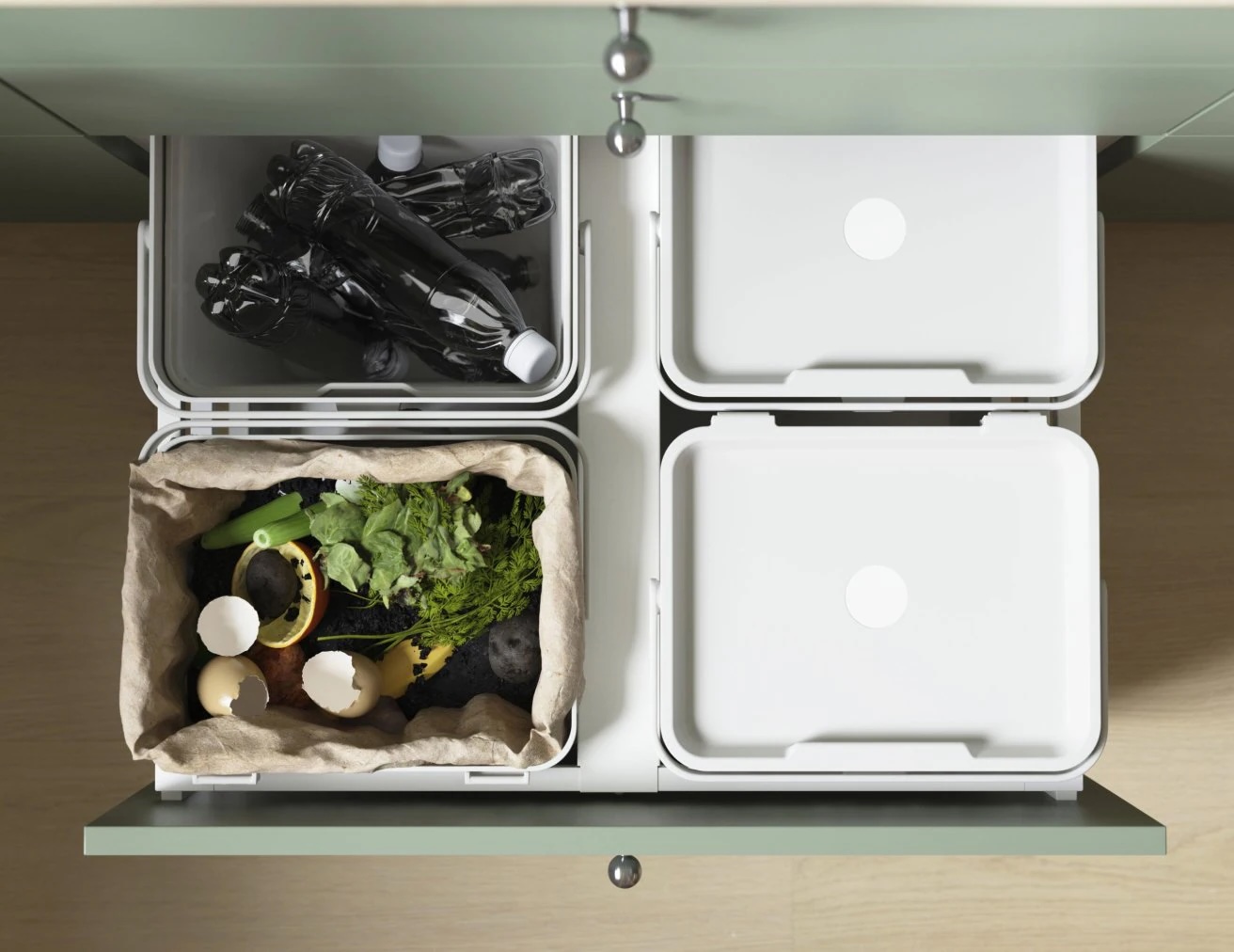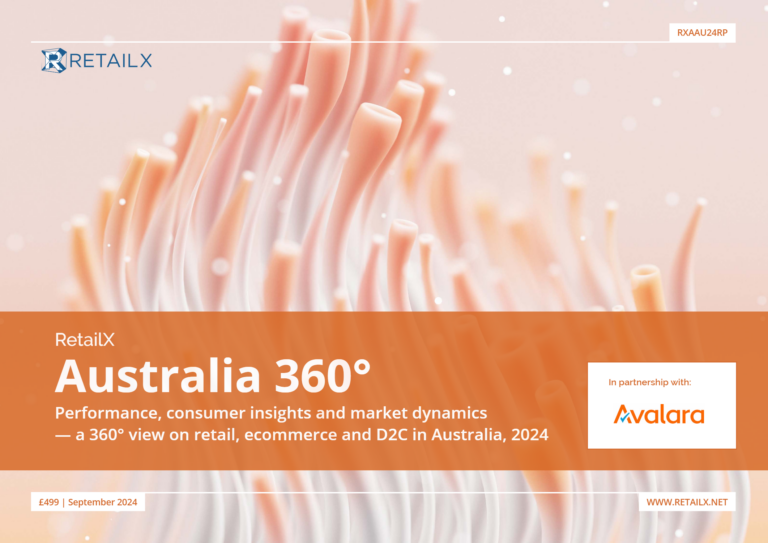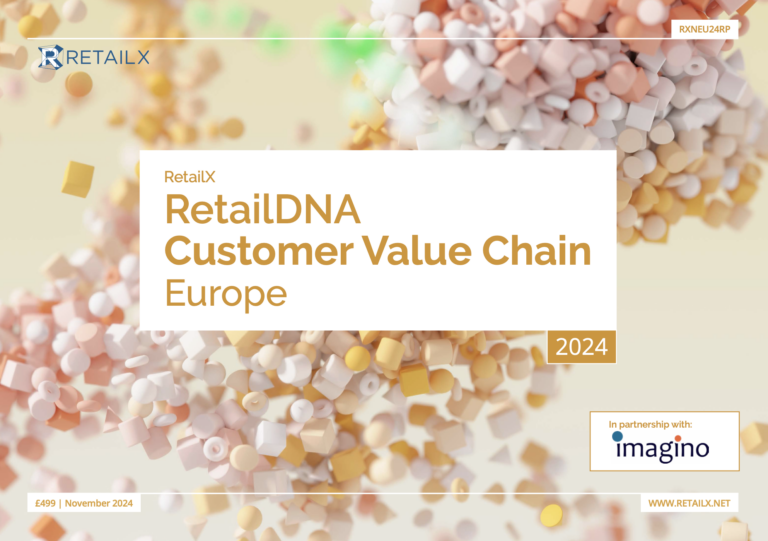Now that a fifth of UK retail sales take place online, as documented in the latest online sales figures, it’s sometimes easy to forget just how quickly that has happened.
We spoke to Barclaycard’s Simon Pounds and Howard Wallington, as the credit card company celebrates 50 years in business, to hear about the slow emergence of ecommerce from two people who saw it happen.
It’s hard to recall a time when UK shoppers didn’t buy online. Or when most didn’t even have the email addresses that would enable the online transaction. But, Simon Pounds and Howard Wallington reminded me in a conversation earlier this month, that was the case just twenty years ago.
For, back in the mid-1990s Barclays launched Barclay Square as a way to explore the potential of sales on the internet. Howard Wallington, now senior manager for strategy and business innovation at Barclaycard, was there at the beginning. “Together with a very small company based out of Jersey we decided what we needed to do was to try and connect a shop – a marketing place for your wares – and connect this to an internet payment back end to do our very first payment online.” The biggest part of this challenge was in connecting payment pages to its payment capabilities.
The aim was to disrupt the market through innovations in payments. “What we decided was that we would create a shopping mall. At the time my nearest place to shop was the shopping centre in Milton Keynes – and in the very early stages of Barclay Square, we created a three-level mall. You’d click on Toys R Us or Argos or Interflora and that would take you to a very simple set of pages created with those organisations. We literally created a small set of products and at some stage created a shopping basket. Within a few months we had a fully-operating shopping mall.”
The retailers, customers of Barclays, were invited to get on board because they had some of the background that might equip them for selling over the internet. Interflora, for example, had a delivery network, while Argos, with its catalogue heritage, already had some pictures of its products. “Not a lot of stores needed to photograph their product to sell them,” says Wallington. “Normally you’d go into the store and look.” He adds: “Even Argos said can you digitize a picture? Even though they were a catalogue retailer this was new to them. They were used to print. I remember hiring our own photographer, we went into one of the organisations, created a white box and we were trying to get the photographer to take an exciting picture of a product. There were only 10 or 20 products in the early days.”
Commerce was very slow to take off – the first transaction, believes Wallington, was probably carried out by a member of the team. He is certain it was the first online payment in the UK. Reports from the time suggest a high level of interest in the initiative, though actual purchases remained stubbornly low. Reporting the first 24 hours of business on Barclay Square, then described as “Barclays Bank’s experiment in home shopping”, Questia.com said that 14,000 people had passed through its virtual doors. It quotes a Barclays spokeswomen as saying that it could not yet say how many people went on to buy anything. “It takes a few days to process the credit card transactions,” she said.
Months on, The Independent, reporting Argos’ results, said that its store on the Barclay Square “virtual shopping mall” had performed poorly, selling “hardly anything” in the first few months of business, according to then-chief executive Mike Smith. He said in the piece, dated August 14 1995: “I think this kind of electronic shopping might be six or seven years away from widespread customer acceptance.”
As time went on, sales picked up. By the time Simon Pounds, now an ecommerce development consultant at Barclaycard, got involved, in around 1996 or 1997, the number of transactions was up to several hundred a week. But, he reminds us, for Barclays the aim wasn’t so much to become an online retailer, as to demonstrate a proof of concept. “It was to get people thinking about what was possible,” he said. It also helped Barclays to win the label of being innovative. “Not long before we got to the year 2000 we were already thinking about becoming a payment gateway in our own right,” said Pounds. “Rather than just focusing on one element of internet real estate, at Barclay Square, we were thinking about automated payments. A lot of payments at around that time involved manually captured card numbers, keyed into machines later, email sent to say yes it’s been authorised, we’ll send you the goods later.”
While shoppers may have been nervous of shopping online, so too was the bank, says Wallington, who describes how it lobbied security agencies to be able to use 128-bit encryption, rather than the 40-bit that it was offered. Shoppers still had to make the leap to buying online at a time when credit cards were not widely used for smaller transactions. “We had the strongest encryption, but people didn’t know what encryption was. I remember having to explain to people at the bank what it was.”
Pounds says this remains the same today. “Customers are still looking for help with payment technology, how the market works, for us to deal with the complexity of some of these things that come on. Not just complexity but the rules and regulations. It was very much the same then as it is now. Probably more complex but easier to do than it was then. The basics remain the same – trust, security, make it simple.”
The concept proved, Barclay Square stopped trading in the early 2000s. “Retailers,” said Wallington, “were then starting to realise they could create their own web pages, online stores. We started to help them facilitate that, and to work with store suppliers to sell them on to customers.” He adds: “Looking forward, technology just seems to be on this massive but still confused growth that I never thought it would grow at.”
Retail has moved on dramatically since then. So what will the future bring for retail and for payments? Wallington says it will be about wearables, and other devices that make payment easier. “I almost think that payments will disappear inside my journey of shopping. Somehow I’ll be able to buy trainers from my treadmill, maybe pressing a button to say I’m just going to purchase that. It’ll be almost as if it becomes a conscious decision but something that wasn’t over-challenging to make it happen.”
Pounds predicts that the balance of power will move further towards the consumer. “Does the convenience and need of the consumer need to be channeled by how the merchant wants to do business? In the past merchants probably dictated the structure of how consumers did business with them. In the future merchants will not be able to trade with them unless they perform to the consumer’s rules.”
Image: This timeline, produced in the 1990s, shows where Barclay Square fitted into the evolution of payment.








